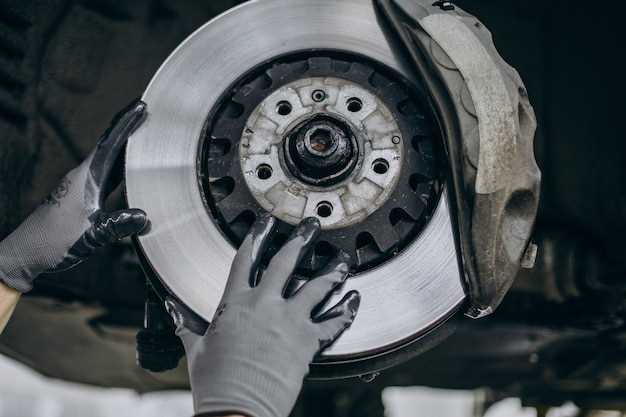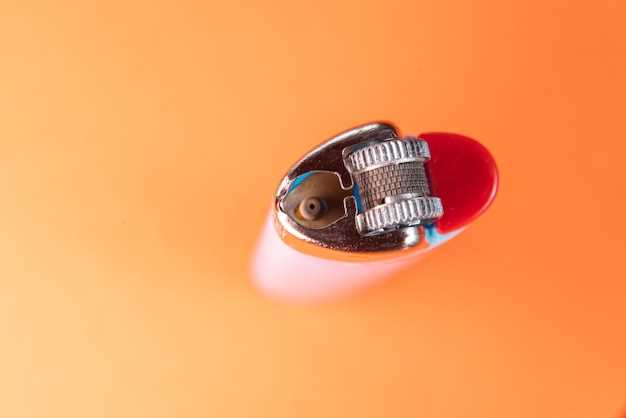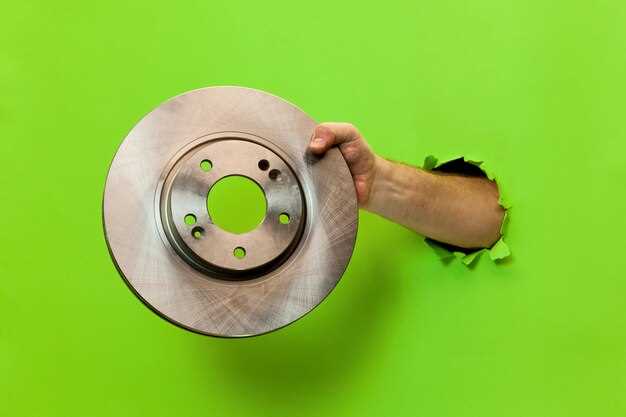
Warning signs your brake pads need replacing
- Dominique Kaye
- 0
- Posted on

Brake pads are a crucial component of your vehicle’s braking system, playing a vital role in ensuring your safety on the road. As they wear down over time, it becomes essential to recognize the signs that indicate the need for replacement. Timely intervention not only enhances your vehicle’s performance but also prevents costly damage to other braking components.
One of the most common indicators that your brake pads require replacement is a persistent squealing or grinding noise when applying the brakes. This audible alert is usually a sign that the pads have become too thin, and the wear indicators are making contact with the rotor. Ignoring these sounds can lead to further damage, making it imperative to address them promptly.
Additionally, if you notice a decrease in braking efficiency, such as a longer stopping distance or a feeling of softness when pressing the brake pedal, it’s time to investigate the condition of your brake pads. Routine inspections and awareness of these signs will help ensure that your brakes remain in optimal working condition, providing you with the safety and confidence you need while driving.
Listening for Unusual Noises When Braking

Unusual noises when braking can be an important indicator of brake pad condition and overall safety. If you hear grinding, squeaking, or screeching sounds, it’s a clear sign that your brake pads may be worn down and require replacement. These noises often occur when the pads have reached their limits and can no longer provide adequate friction to stop your vehicle effectively.
Grinding noises typically indicate that the brake pads have worn through completely, leading to metal-on-metal contact. This not only compromises braking performance but can also damage the rotors, resulting in more expensive repairs. On the other hand, squeaking or squealing sounds often suggest that the pads are getting thin and may have built-in wear indicators designed to alert you before the pads become critically worn.
Ignoring these sounds can risk not only your vehicle’s performance but also your safety on the road. Ensuring your brake pads are in good condition is key to responsive stopping power. Regularly listening for unusual noises can help you stay ahead of brake maintenance and prolong the lifespan of your braking system.
If you notice any of these alarming sounds while braking, it’s essential to have your vehicle inspected by a qualified professional. Addressing issues early will provide peace of mind and ensure optimal safety while driving.
Checking for Reduced Stopping Power
One of the key indicators that it may be time to replace your brake pads is a noticeable reduction in stopping power. This change can compromise your vehicle’s safety, making it crucial to assess your brakes regularly. If you find that your vehicle takes longer to come to a complete stop, or if you need to apply more pressure to the brake pedal than usual, these are clear signs of deteriorating brake pads.
Inconsistent braking performance can be alarming. When you press the brake pedal, any lag or delay in the response can indicate worn pads. This not only affects your control over the vehicle but also increases the risk of accidents. If your vehicle feels unstable or pulls to one side during braking, it may also signal uneven wear on the brake pads, which demands immediate attention.
It’s essential to monitor your brake responsiveness regularly. If you experience a spongy feeling when engaging the brakes, or if the pedal sinks further than normal, these symptoms may further affirm that your brake pads are due for replacement. Trust your instincts about your vehicle’s performance; safety should always come first when it comes to brake maintenance.
Inspecting Brake Pad Thickness and Wear Patterns

Regular inspection of brake pads is essential to ensure optimal braking performance and safety. One of the primary indicators of when to replace your brake pads is their thickness. Generally, new brake pads have a thickness of about 8 to 12 mm. When the thickness falls below 3 mm, it’s a clear sign that they need to be replaced.
To assess the thickness, visually inspect the brake pads through the wheel spokes or remove the wheel for a more accurate evaluation. It is also helpful to use a caliper gauge if you want to achieve precise measurements.
In addition to thickness, pay attention to the wear patterns on the brake pads. Uneven wear can indicate various issues, such as misalignment, a stuck caliper, or even problems with the braking system itself. Flattened areas or deep grooves on the surface may signal that the pads are wearing unevenly, while deposits of metal dust or a glazed appearance can suggest overheating.
Another aspect to consider is the age of the brake pads. Even if they appear thick, materials can degrade over time, impacting their performance. Brake pads typically last between 30,000 and 70,000 miles, but this can vary depending on driving habits, vehicle type, and environmental factors.
By regularly inspecting the thickness and wear patterns of your brake pads, you can proactively avoid costly repairs and enhance your vehicle’s safety.
